Art of the Pileta Cave
Dr. Aline Lara Galicia, University of Seville
One of the most impressive Paleolithic sites for its prehistoric remains and distinct living areas dating back thousands of years, Cueva de la Pileta is still relatively unknown which is unfortunate because the site contains the largest number of some of the most beautiful cave paintings in Spain. The site is still providing new discoveries, especially in the arena of cave art research.
The cave was discovered in the early 20th century by a local farming family hunting for bat guano. The first excavations, financed by the Prince of Monaco, were carried out by the great French abbot and prehistorian Henri Breuil.
Today, the cave remains in private hands, carefully guarded by the descendants of the farmer who stumbled upon its entrance. However, it can be visited by anyone who wishes to enter this amazing place.
There is still much to learn in this extraordinary place. Dr. Lara Galicia, your guide in this video, is part of the team carrying out further research to uncover new knowledge.
About Dr. Aline Lara Galicia
I am a researcher in Prehistory and Archaeology at the University of Seville (Spain). I started my academic career at the National School of Anthropology and History, Mexico (2006-2014) and then as a doctoral research fellow at the French Ministry Program. I obtained a PhD of Histoire et civilisations at the Écoles de Hautes Études en Sciences Sociales in 2015.
I belong to the ATLAS Research Group (HUM-694). My current research focuses on several topics, such as Mexican rock art, applications of new technologies in rock art, rock art and landscape, and the application of cognitive studies in rock art. Over the years I have also been interested in the dissemination of rock art throughout Latin America and the iconographic comparison of various rock art regions in Mexico and the southern United States. I have published and edited several books and papers in magazines and collaborations in edited books.

